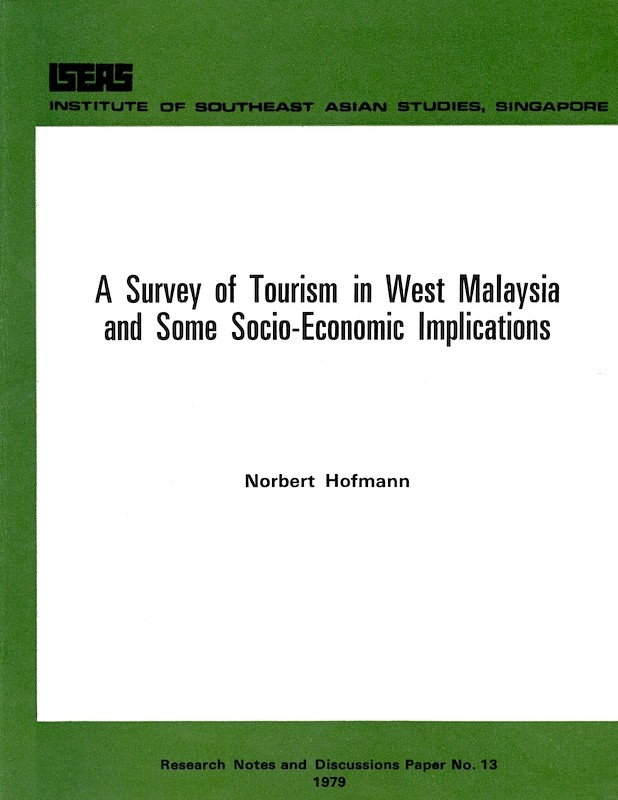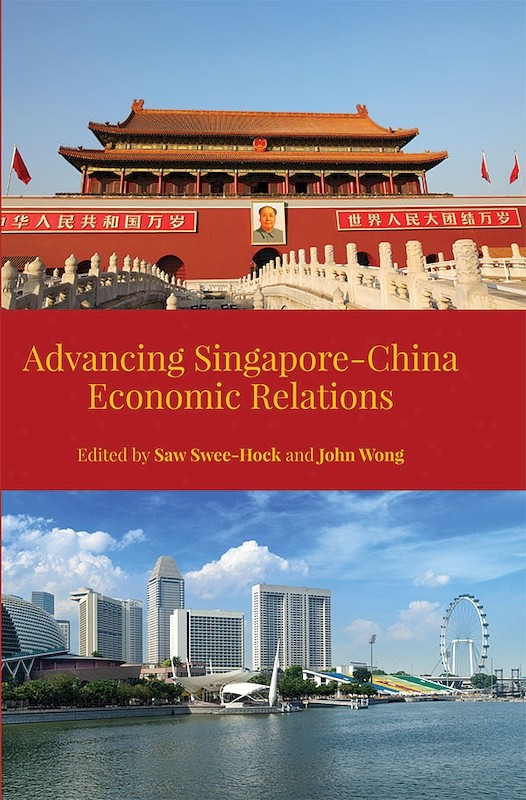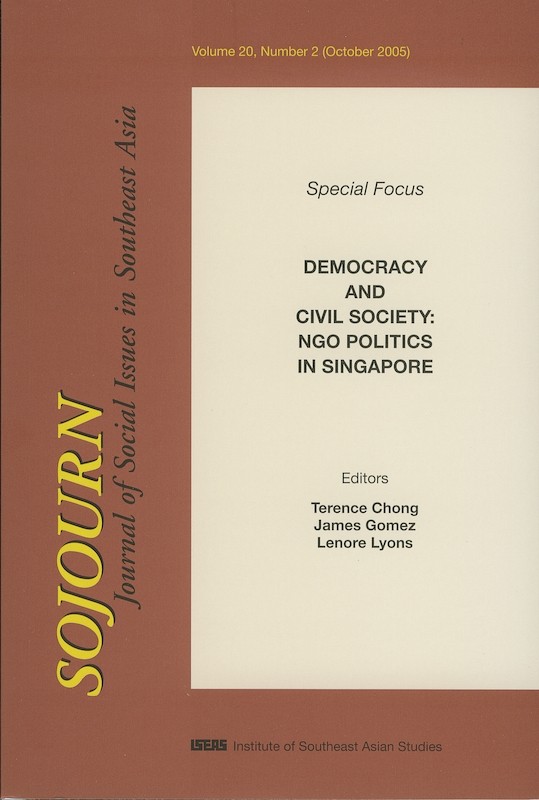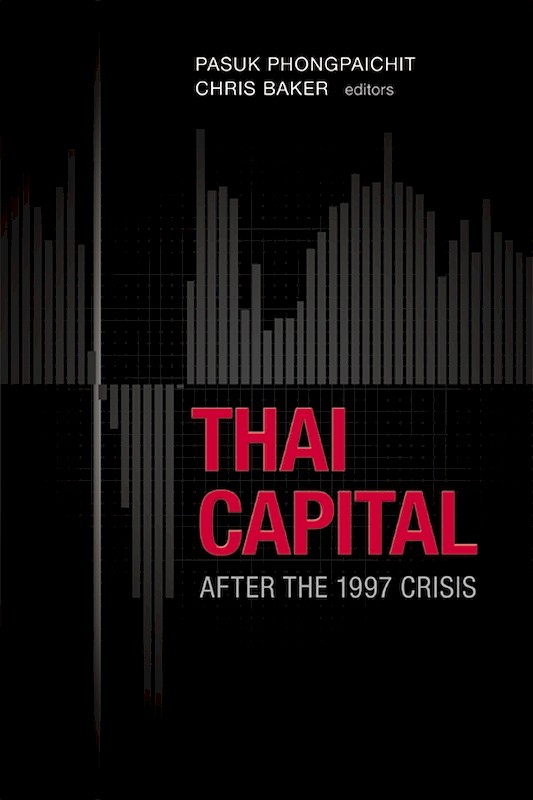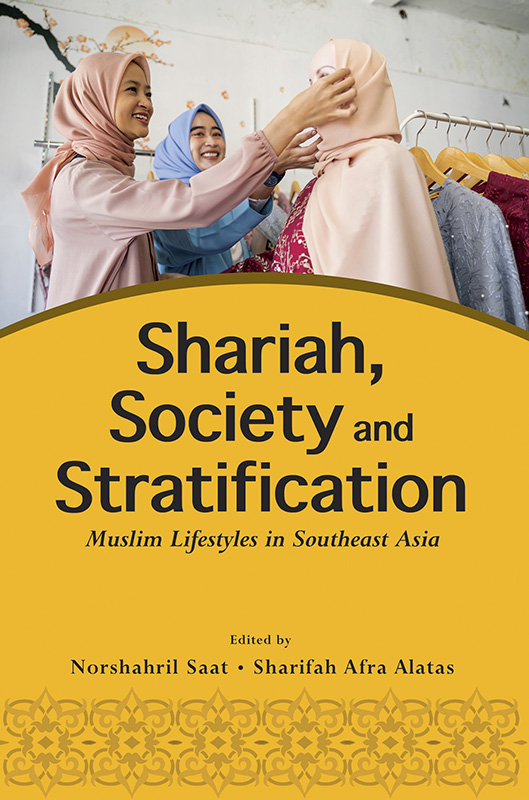Domestic Tourism in Asia: Diversity and Divergence
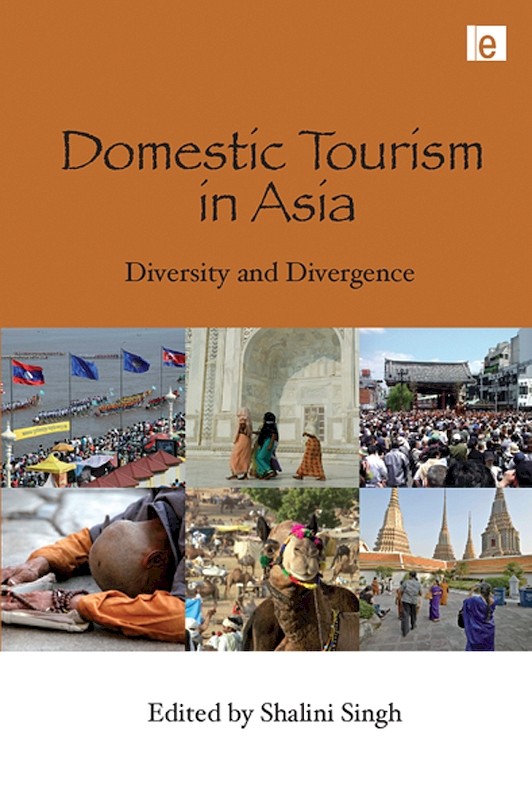
Shalini Singh, editor
Date of publication:
2011
Publisher:
Earthscan Ltd
Number of pages:
335
Code:
BM437
Reviews
"Of the chapters which are well-worth detailed scrutiny I would single out (though there are others which are ethnographically worthwhile and provide very valuable overviews) those by Victor Alneng where we should profitably contemplate his bold statement that 'proto-tourism ... is to tourism studies what so-called primitive accumulation is to bourgeois political economy', p. 47 (though his transfer of the German idealist concept of formal and real 'subsumption' to tourism studies and his exploration of the relationship between 'proto-tourist' and 'domestic tourist' may leave some of us floundering); Christopher Thompson's case study of the Sanshu Asuke Yashiki, which is a reproduction of a mid 19th century Japanese mountain [retro]farmstead, provides us with some interesting global comparisons of the successful bottom-up transformation of declining rural areas into a nostalgic heritage tourism project to attract urban visitors in search of their lost agrarian roots; Christopher Vasantkumar's intriguing ethnographic account of a day trip undertaken by Han tourists to the grasslands of Tibet and the issues which this raises for our conceptualisation of domesticity in tourism deserves our attention; and Trevor Sofield's very sobering, though in some respects reassuring account of the transition from 'Year Zero' in Cambodia to an intense preoccupation on the part of domestic tourists with the ancient glories of the Khmer empire and the monumental remains of Angkor is also worth dwelling on. Domestic Tourism in Asia is a field of study which requires much more sustained research and in that sense the volume is very welcome indeed. Undoubtedly it will be widely referred to and consulted in debates about domestic tourism because it is pioneering (Aseasuk News).
"On the academic front, domestic tourism in Asia is just beginning to attract scholarly attention ... and Shalini Singh's edited volume adds to concerns about Asian tourist activities in their homelands. It is an especially unique contribution to the existing academic literature because indigenous scholars studying tourism patterns in their own countries author many of the book's 16 chapters (14 of which are country case studies). This is one of the book's strengths along with the breadth of countries covered, from 'typical' case studies like China, India and Japan to those scantly if ever studied such as Macao, Mongolia and Kyrgyzstan. This book is therefore useful for students new to Asian tourism in obtaining overviews of broad tourism trends in a variety of Asian countries" (Singapore Journal of Tropical Geography).
"On the academic front, domestic tourism in Asia is just beginning to attract scholarly attention ... and Shalini Singh's edited volume adds to concerns about Asian tourist activities in their homelands. It is an especially unique contribution to the existing academic literature because indigenous scholars studying tourism patterns in their own countries author many of the book's 16 chapters (14 of which are country case studies). This is one of the book's strengths along with the breadth of countries covered, from 'typical' case studies like China, India and Japan to those scantly if ever studied such as Macao, Mongolia and Kyrgyzstan. This book is therefore useful for students new to Asian tourism in obtaining overviews of broad tourism trends in a variety of Asian countries" (Singapore Journal of Tropical Geography).
About the publication
Many countries have a rich tradition of domestic travel and holidaying that not only predates but exceeds mass international travel. This is particularly the case in Asia, where recent economic prosperity and trends in globalization have continued to shape traditions in domestic tourism. This book is the first to address specifically the continuities and changes in domestic tourism in Asia. It explores the ethos of domestic travel and holiday-making in order to understand the distinctive common strands that underlie conventional and contemporary tourism practices, against the local and global backdrop. A considerable range of countries is covered in the case studies, including those with patrimonial histories (namely China and India), the economically developed nation-state of Japan, the microstates of Taiwan, Singapore, Macao, and Hong Kong, the coastal countries of Malaysia, the Philippines, Laos, and Vietnam, and the land-locked countries of Kyrgyzstan and Mongolia. The book presents some of the many interfaces of Asian cultural and natural heritage with tourism, while giving due consideration to today's political and economic realities.
Co-publication: Earthscan Ltd
Earthscan Ltd

